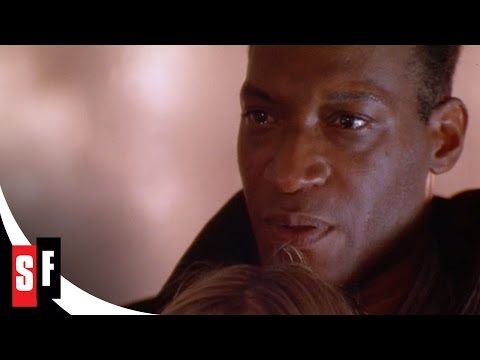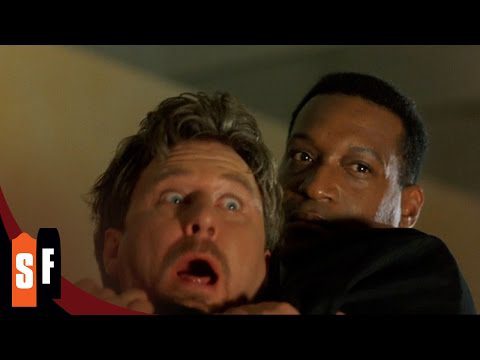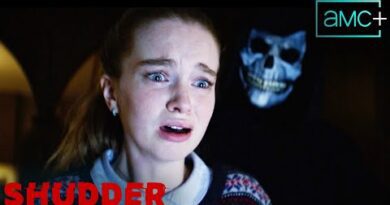‘Candyman: Farewell to the Flesh’ Made the Monster Matter
Bill Condon’s “Candyman: Farewell to the Flesh” (1995) succeeds in a different way from its predecessor, specifically how it is about the monster, not the ones investigating him.
The sequel, which arrived three years after the groundbreaking original, is underestimated, stronger and more flavorful than most remember.
A murder takes place not long after the events of the first film. The death announces that the urban legend of the Candyman is alive and well, but also that a young woman named Annie (Kelly Rowan, who later became a regular on “The O.C.”) is not only connected but may even have family roots tied to the title character.
As always, a handy mirror and chanting the Candyman’s name is a means of either conjuring him, weaponizing his arrival or both.
In the aftermath of the initial and doomed investigation into the life, death and supernatural legacy of Daniel Robitaille, the “Candyman” (Tony Todd), Condon doesn’t rehash the original as much as expand the scope and explore other perspectives. Most significantly, Robitailles, who is still scary but a far more (dare I say it?) fleshed out and developed figure this time around.
Set in New Orleans, the backdrop is entirely different from the Cabrini Green-based location of the first film. The colorful new setting is a welcome contrast, though I could have done without the onslaught of on-the-nose “Naw-lins” references like catfish, crawdads and gumbo.
A mention is made of Virginia Madsen’s character from the prior film but not enough is made of this. A smarter film would have brought her back, dealt with the shocking nature of her character from the climax of the original or both.
Instead, there’s a welcome reference, then the story quickly moves past it. Only Nia Di Costa’s terrific 2020 “Candyman,” both a franchise reset and a proper sequel, found a way to incorporate Madsen into a latter installment.
It took me a while to dig Philip Glass’ iconic score, which I found jarring the first time I saw the original. Now, I can’t imagine the character without it. Once again, Glass gives a distinct feel of dread and reflection with his recognizable compositions.
The film’s jump scares try too hard, and the story spins its wheels, especially when Rowan’s character draws focus, which shouldn’t happen as often as it does.
Rowan’s character is underwhelming but Todd, who makes Robitaille a romantic figure as much as a sinister one, brings a layered richness to his interpretation of a character that in lesser hands could have just been a mad slasher.
The film’s best, most powerful sequence depicts how Robitaille was once a human. We witness the gruesome incident that ultimately gave him the Candyman name.
Based on the Clive Barker short story but not written by Barker (who wrote and directed the great “Lord of Illusions” the same year this was released), the story isn’t consistently compelling. Instead, we have a movie of moments, though they are tremendous.
In addition to the aforementioned sequence of the Candyman’s origin (it’s the most powerful set piece in the entire franchise), you have every stolen scene by Veronica Cartwright. Consider a jewel of a moment where the film’s most annoying character is tossed out of a police station window and the spectacular, all-stops-out grand finale, which offers a bigger and more satisfying finish than the original.
Yet, director Bernard Rose’s far more controlled approach to the original and the manner of Barker’s story being a mystery make the original better. Nevertheless, while I underestimated “Candyman – Farewell to the Flesh” in the ’90s and still find it uneven, it’s a riveting follow-up.
Condon went on to make the fantastic “Gods and Monsters” (1998), but also got his first time with monsters right with this one. The Candyman is more Dracula and Phantom of the Opera than Freddy or Jason. He’s a ferocious killer and a spirit who lives in the mirror, but his story is tortured and suave.
That theatrical nature put him in the realm of Bela Lugosi.
What Todd does here is remarkable. His passion and commitment alone is enough to revisit this underrated second chapter.
The post ‘Candyman: Farewell to the Flesh’ Made the Monster Matter appeared first on Hollywood in Toto.




